
The Diocese of Nola is a Latin diocese of the Catholic Church in Italy, suffragan of the Archdiocese of Naples. Its seat is the Campanian city of Nola, now a suburb of Naples. Its cathedral is dedicated to the Assumption. The dedication was originally to Saint Stephen the Protomartyr, but after the second reconstruction the dedication was changed to the Assumption. It is traditionally credited with the introduction of the use of bells into Christian worship.

The Archdiocese of Gaeta is a Latin Church ecclesiastical territory or archdiocese of the Catholic Church in southern Italy, in the city of Gaeta, in the Lazio region. The archbishop's cathedra is located in the Cathedral of SS. Erasmus and Marcianus and the Assumption of the Virgin Mary in the episcopal see of Gaeta. A non-metropolitan see, the archdiocese is immediately exempt to the Holy See.

The Roman Catholic Diocese of Ferentino existed until 1986, when it was united into the new diocese of Frosinone-Veroli-Ferentino.
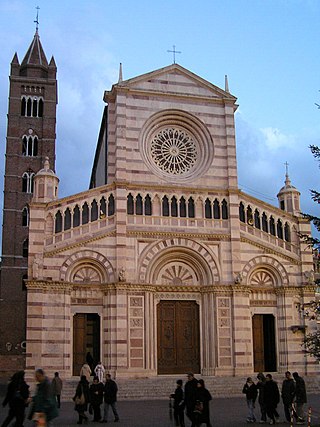
The Diocese of Grosseto is a Latin Church diocese of the Catholic Church in Italy, a suffragan of the archdiocese of Siena-Colle di Val d'Elsa-Montalcino, in Tuscany. Its current bishop is Giovanni Roncari, OFMCap.

The Archdiocese of Lecce is a Latin Church ecclesiastical territory or archdiocese of the Catholic Church in Apulia, southern Italy. The diocese has existed since the 11th century. On 28 September 1960, in the bull Cum a nobis, Pope John XXIII separated the diocese of Lecce from the ecclesiastical province of Otranto and made it directly subject to the Holy See. In the bull Conferentia Episcopalis Apuliae issued on 20 October 1980, Pope John Paul II created the ecclesiastical province of Lecce, with the Archdiocese of Otranto becoming a suffragan diocese.

The Archdiocese of Trani-Barletta-Bisceglie is a Latin Church ecclesiastical territory or archdiocese of the Catholic Church in Italy in the province of Barletta-Andria-Trani in Apulia. Formerly a metropolitan see, in 1980 it became a suffragan archdiocese in the ecclesiastical province of the metropolitan Archdiocese of Bari-Bitonto. It received its current name in 1986, when the Archdiocese of Trani added to its title the names of two suppressed dioceses merged into it.
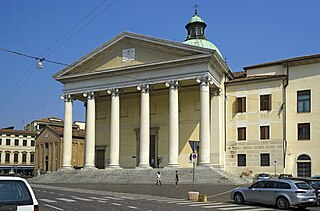
The Diocese of Treviso is Latin Church ecclesiastical territory or diocese of the Catholic Church in the Veneto, Italy. It is a suffragan diocese in the ecclesiastical province of the metropolitan Patriarchate of Venice.
The Catholic diocese of Sarsina was a Roman Catholic ecclesiastical territory in Emilia-Romagna, northern Italy, seated in Sarsina, in the province of Forlì, some 32 km south-southwest of Cesena. The diocese was founded in the 5th century, and was suffragan (subordinate) to the archbishop of Ravenna. The diocese existed until 1986, when it was united with the diocese of Cesena.

The diocese of Ruvo was a Roman Catholic ecclesiastical territory in Apulia, southern Italy, which existed until 1986, when it was united into the diocese of Molfetta-Ruvo-Giovinazzo-Terlizzi. From 1818 to 1982, it was united with the diocese of Bitonto, as the diocese of Ruvo and Bitonto.

The Diocese of San Severo is a Latin diocese of the Catholic Church in Apulia. It is a suffragan of the Archdiocese of Foggia-Bovino.
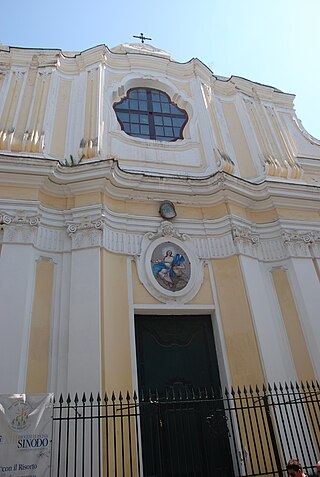
The Diocese of Ischia is a Latin diocese of the Catholic Church in Campania, southern Italy. It is a suffragan of the Archdiocese of Naples. The diocese comprises the entire island of Ischia, which contains seven communes divided into two circumscriptions. In 1743, the population was about 4,000. The city of Ischia constituted one single parish, with two religious houses of men and one of women. In 2018, the population of the town of Ischia was 20,118.

The Diocese of Pozzuoli is a Latin diocese of the Catholic Church in Campania, southern Italy. It is a suffragan of the Metropolitan Roman Catholic Archdiocese of Naples, like its other neighboring dioceses, Aversa and Ischia.

The Diocese of Caserta is a Latin diocese of the Catholic Church in Campania, southern Italy. It is a suffragan of the Archdiocese of Naples. In 1818 Pope Pius VII united this see with the diocese of Caiazzo, but Pope Pius IX made them separate sees. In 2013 in the diocese of Caserta there was one priest for every 1,703 Catholics; in 2016, there was one priest for every 2,008 Catholics. The diocesan Major Seminary currently (2019) has four seminarians.
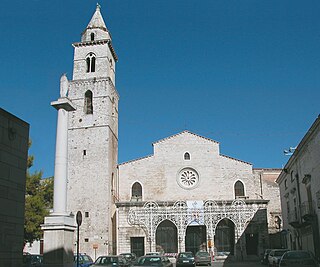
The Diocese of Andria is a Latin diocese of the Catholic Church in Apulia, seated at Andria Cathedral which is built over a church dedicated to St. Peter, about ten miles southwest of Trani. It is a suffragan of the archdiocese of Bari-Bitonto. The diocese has 39 parishes, with one priest for every 1,573 Catholics.
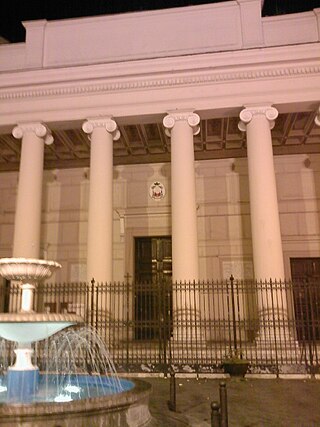
The Diocese of Acerra is a Latin diocese of the Catholic Church in Campania, southern Italy, eight miles east of Naples, in the area once called Terra Laboris (Liburia). It has existed since the 11th century. It is a suffragan of the Archdiocese of Naples.

The Diocese of Sessa Aurunca is a Latin diocese of the Catholic Church in southern Italy. Since 1979 it has been a suffragan of the Archdiocese of Naples.

The Diocese of Anagni-Alatri is a Latin Church ecclesiastical territory or diocese of the Catholic Church in Lazio, Italy. It has existed in its current form since 1986. In that year the Diocese of Alatri was united to the historical Diocese of Anagni. The diocese is immediately exempt to the Holy See.
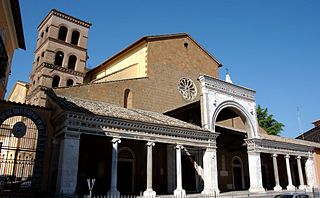
The Diocese of Civita Castellana is a Latin Church ecclesiastical territory or diocese of the Catholic Church in Latium, central Italy. It has existed in the current form since 1986, when the Diocese of Nepi e Sutri was united into the Diocese of Civita Castellana, Orte e Gallese. The Diocese of Gallese had been added to the Dioceses of Civita Castellana and Orte in 1805. The name of the diocese was shortened in 1991, in accordance with Vatican policies. The diocese of Civita Castellana is immediately exempt to the Holy See.

The Diocese of Castellaneta is a Latin diocese of the Catholic Church in Apulia. It is a suffragan of the Roman Catholic Archdiocese of Taranto.
The Italian Catholic diocese of Lacedonia, a suffragan of the archdiocese of Benevento in Campania, existed until 1986 when incorporated into the reorganized Roman Catholic Diocese of Ariano Irpino-Lacedonia.


















